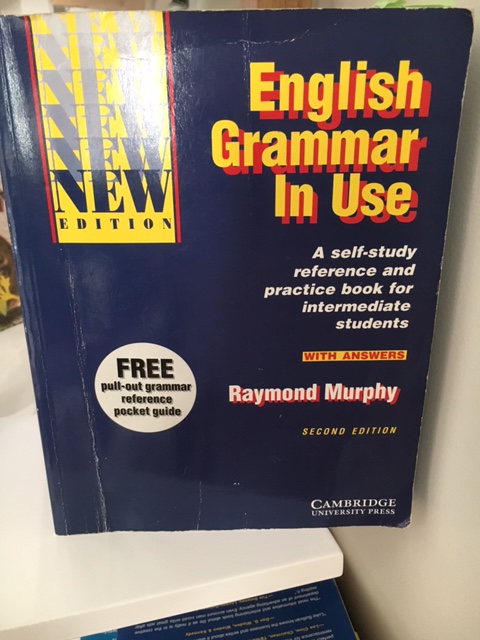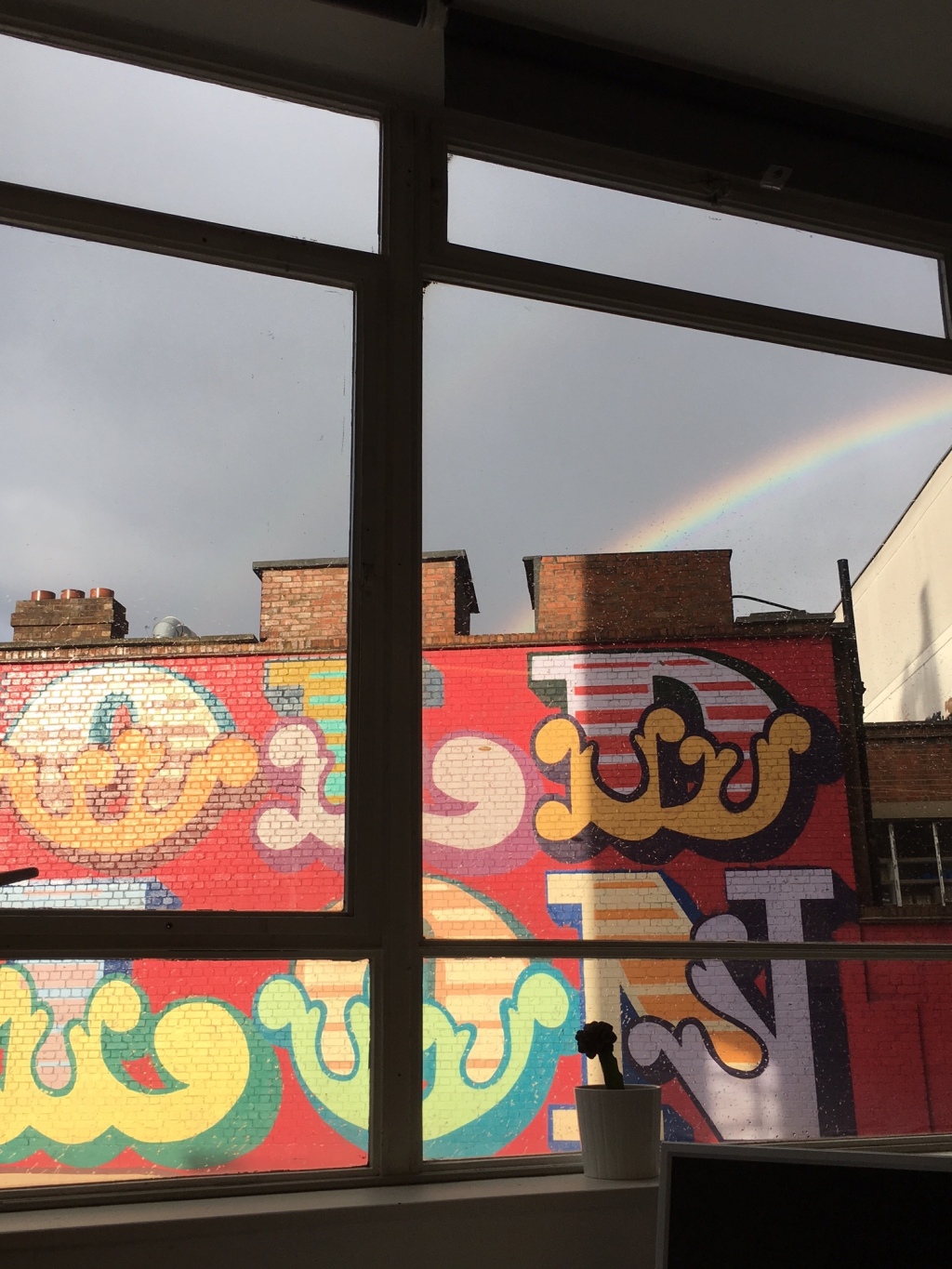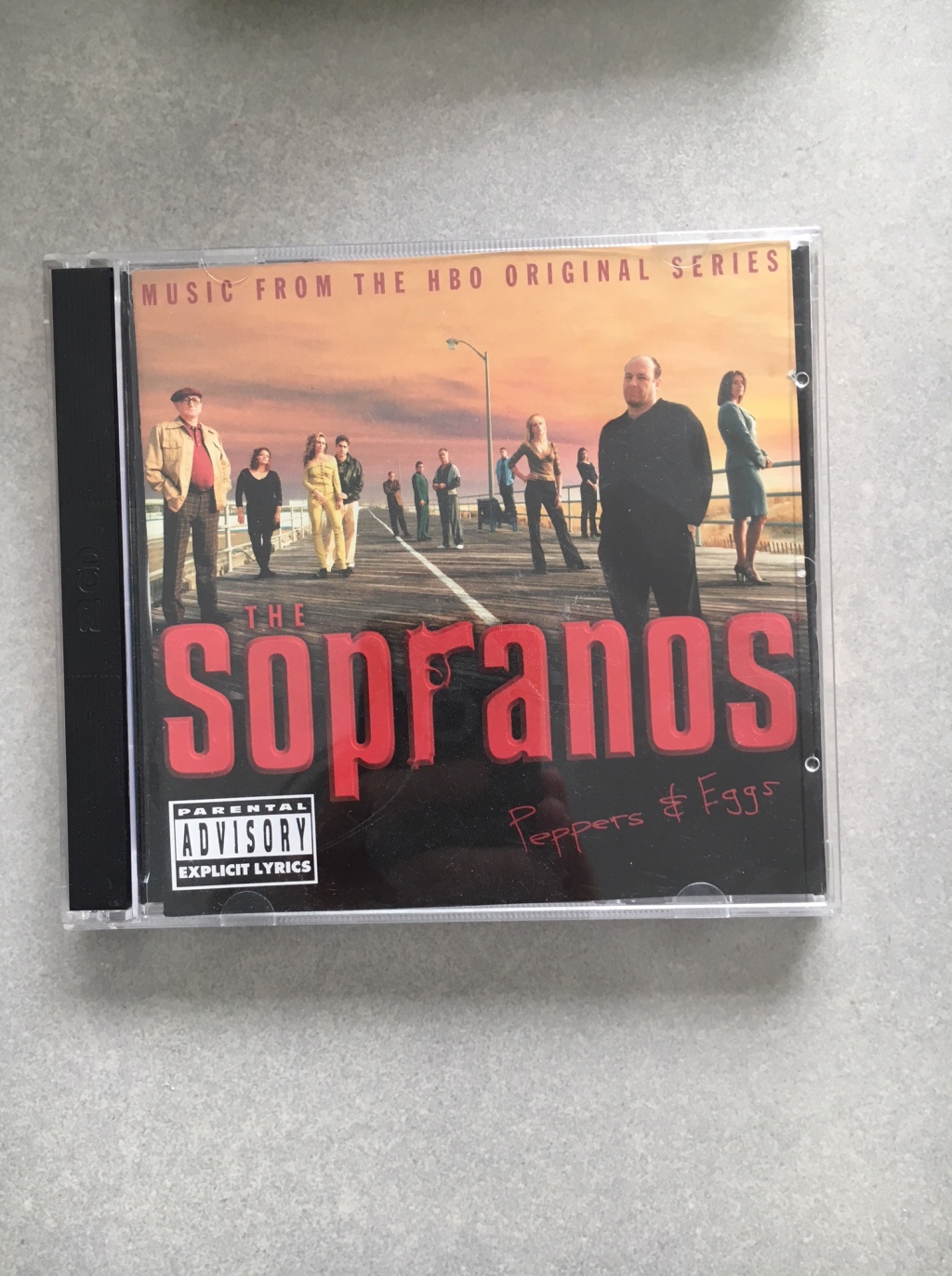Tag: Copywriter
-

What is brand proposition?
I haven’t written for Monzo, the innovative new challenger bank, the hottest tone of voice since Innocent first did their thing back in the day. But I do know how to create a great brand voice. Read my blog about branding and copywriting here.
-

Japanese words with no translation
Copywriter discovers words in other languages with no direct translation into English. Get in touch for freelance copywriting support today.
-

Christmas tinkles
London copywriter for hire for freelance projects. Get in touch today.
-
Don’t stand so close to the brief
John Lewis have done one thing right when it comes to advertising. They’ve certainly got us talking. Like a panicky pitch meeting, everyone has an opinion on their campaigns. They’re analysed, dissected, often sympathised with – who would want to be the copywriter handed that brief – you would? Yes, I know, we all would.…
-
The future of business is talent
I’ve been writing a lot of employment related copy recently. It is particularly perfect for me because I am at a crossroads that many of us come to in our lives – a big birthday where people tell you life begins. Funny people also tell you that your life is half over – but where…
-

International Women’s Day 2018
Copywriter goes to the big smoke to meet likeminded senior women for International Women’s Day 2018. Hire me.
-

Say it loud
Good copywriting skills can’t be learned. Grammar matters but so too does the vernacular.
-

Five reasons freelancers rock
Our work hits the right notes When you hire a freelancer, you need the work – in my case the copywriting – to be right first time. I’m happy to take on board comments and work with you in a true partnership – which sadly isn’t always the case for some more precious personalities. Ultimately, I…
